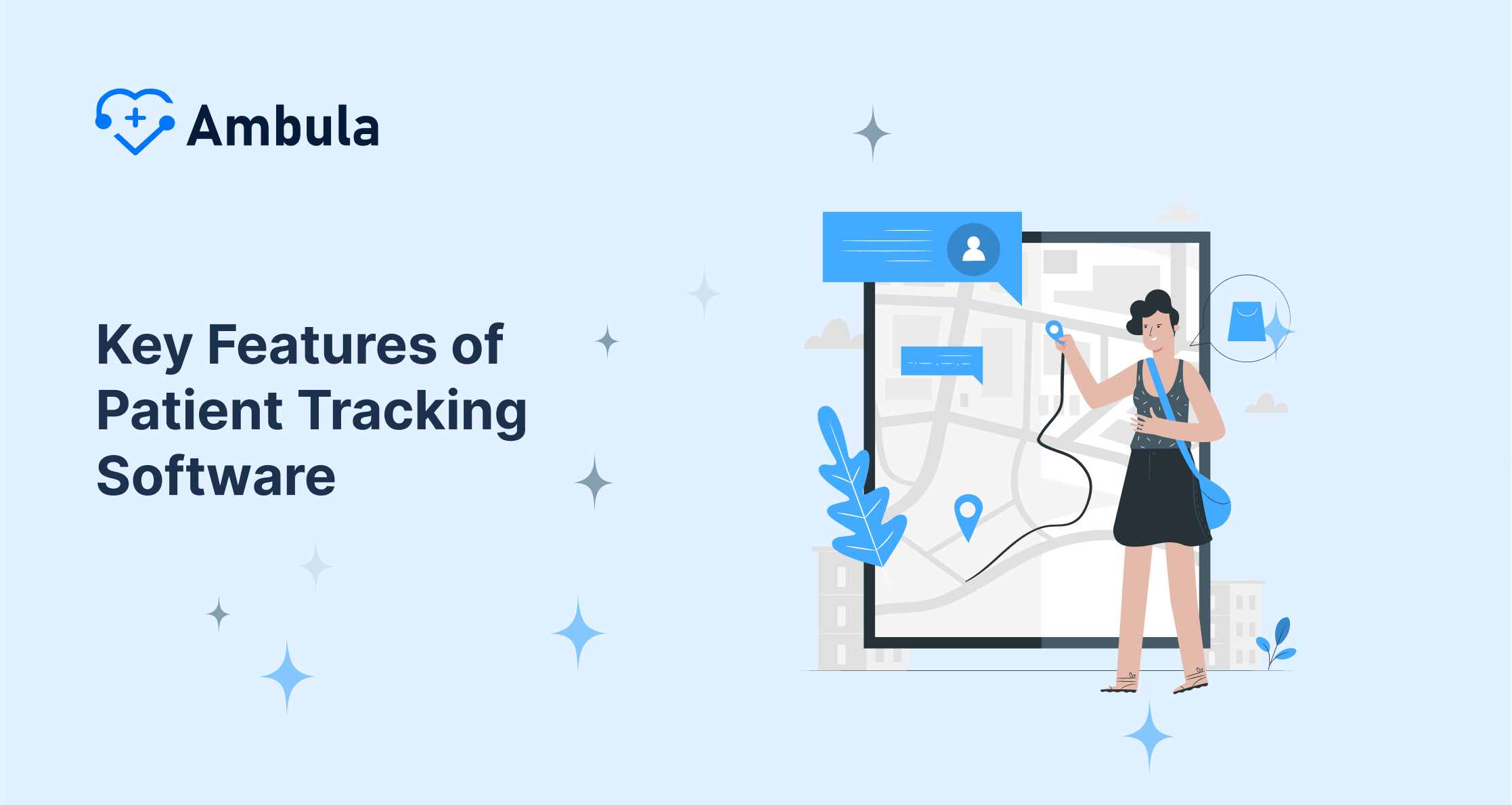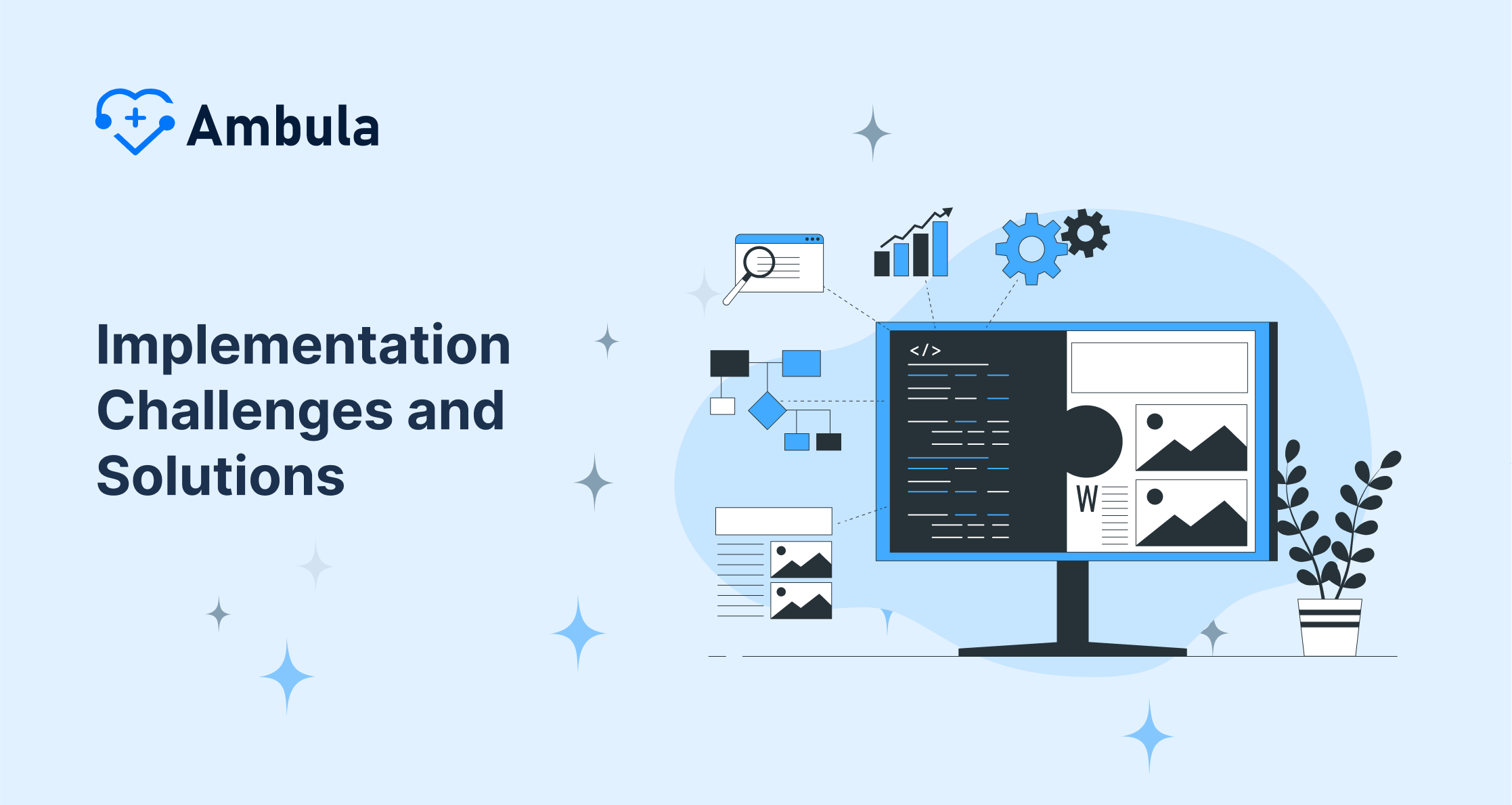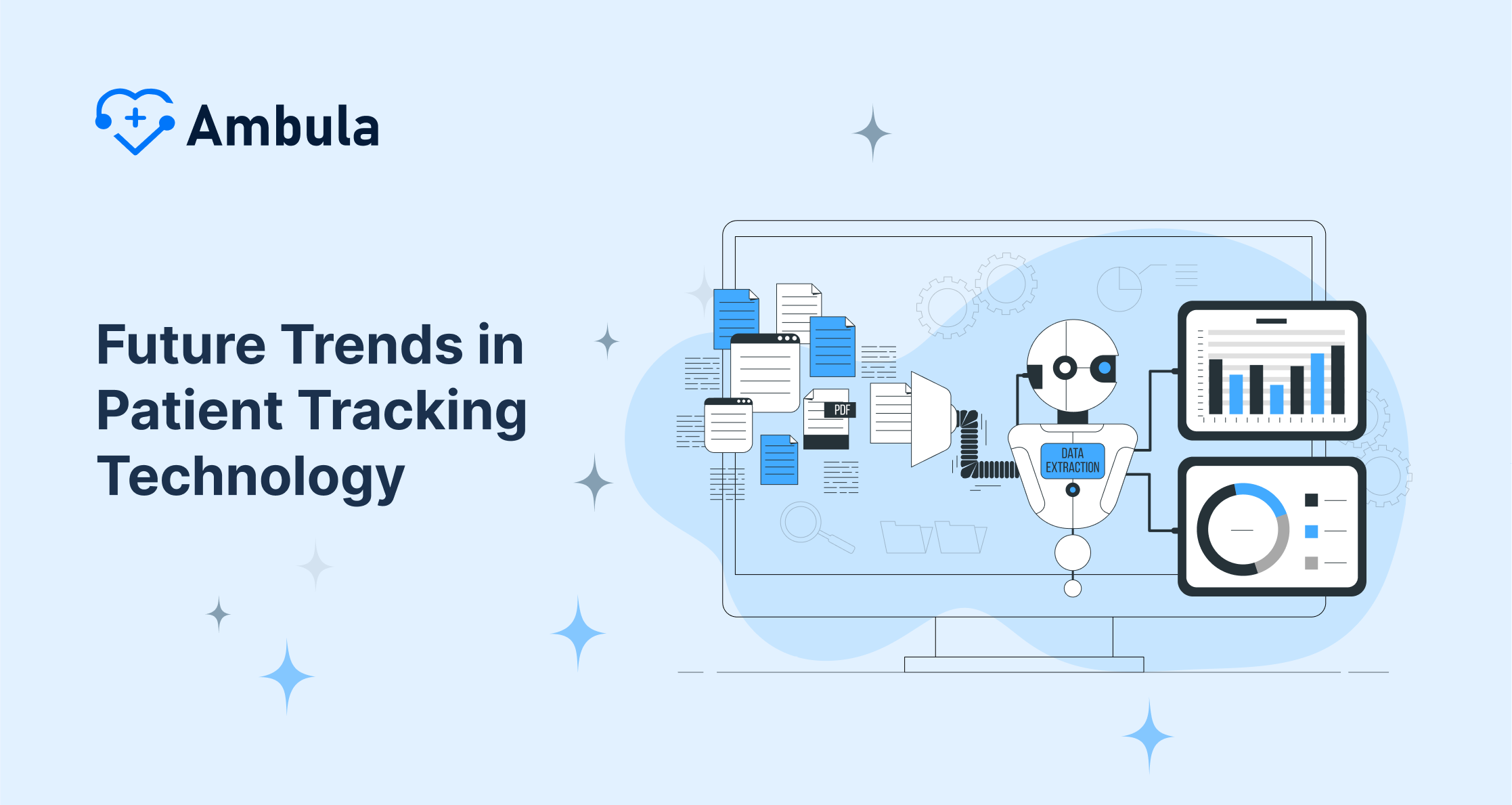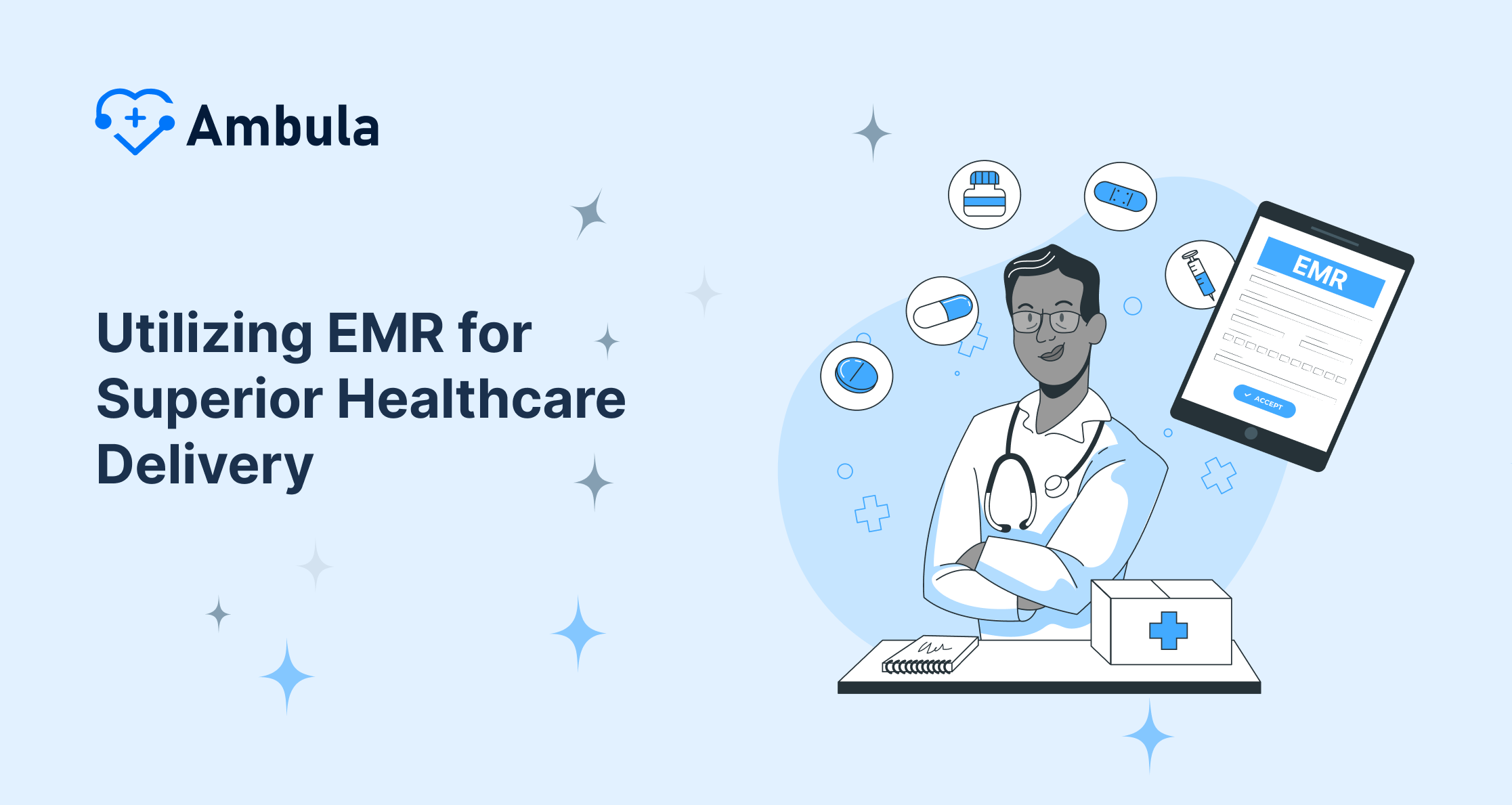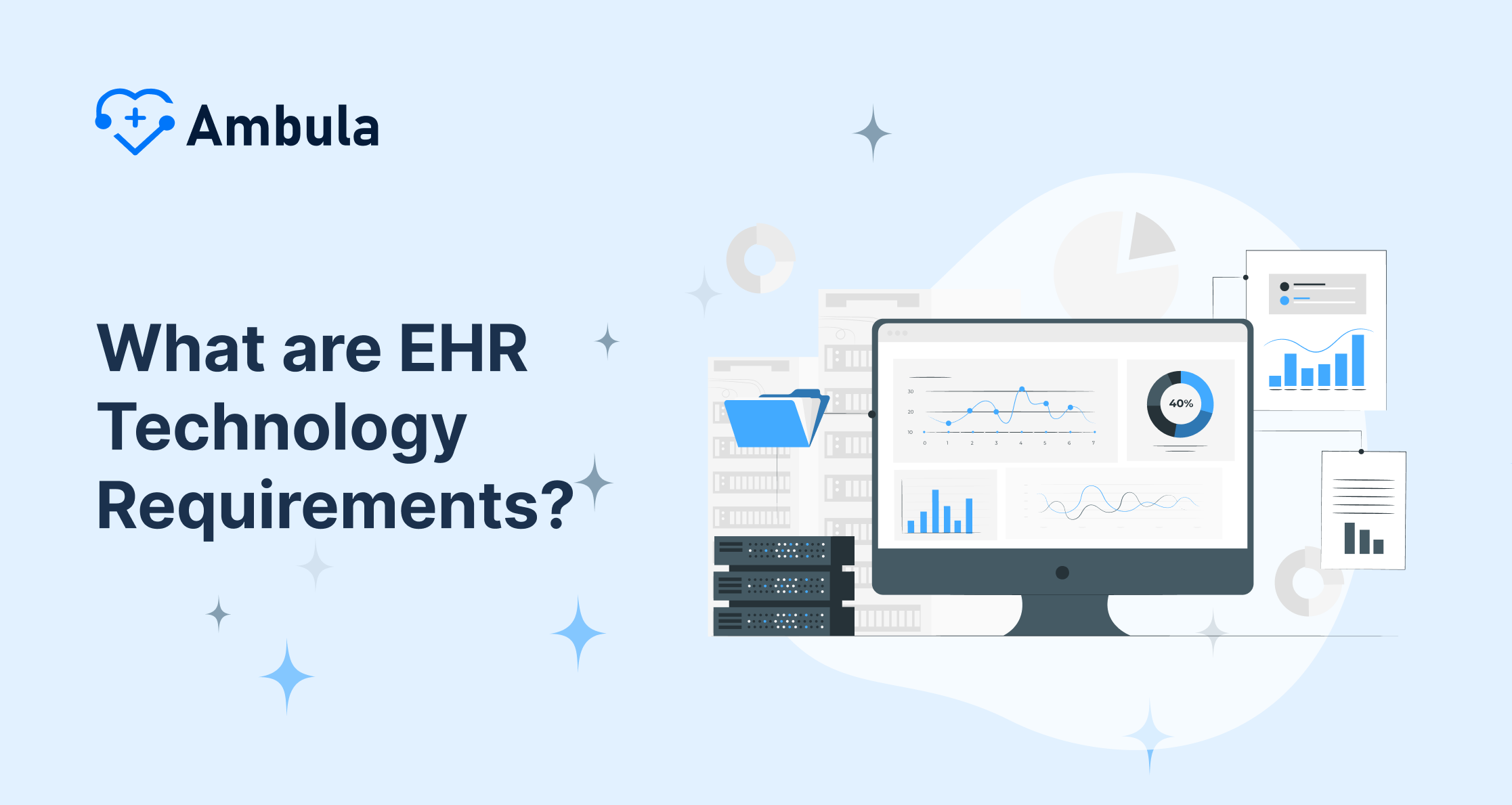In today’s rapidly evolving healthcare industry, technological advancements are pivotal in enhancing patient care and operational efficiency. Patient Tracking Software (PTS) has emerged as a cornerstone innovation among the myriad tech solutions. Designed to streamline patient flow and improve healthcare delivery, PTS enables real-time tracking of patient movements, appointments, and treatment statuses within medical facilities. Moving from paper-based systems to sophisticated digital solutions, this technological evolution underscores a significant leap towards more efficient, patient-centered care models.
Key Features of Patient Tracking Software
- **Real-time location tracking:** At the heart of PTS is its ability to monitor the precise location of patients within the healthcare facility. Utilizing technologies such as RFID, GPS, or Wi-Fi ensures that patients who require immediate attention can be quickly located and assisted.
- **Appointment scheduling and reminders:** PTS automates the scheduling of patient appointments and sends timely reminders to patients, reducing the prevalence of missed appointments and optimizing healthcare provider schedules.
- **Patient flow management:** From registration to discharge, PTS offers seamless management of patient flow, alleviating bottlenecks and minimizing wait times.
- **Integration with electronic health records (EHRs):** By syncing with EHRs, PTS ensures that patient data is updated in real-time, providing healthcare professionals with up-to-date information for decision-making.
Benefits of Patient Tracking Software
The deployment of PTS brings a multitude of benefits. Primarily, it elevates patient safety by ensuring individuals are always accounted for, thereby reducing the risk of missed treatments or delayed diagnoses. Operational efficiency receives a significant boost as well, with PTS automating and optimizing scheduling, resource allocation, and patient flow. This not only reduces administrative overhead but also enhances the patient experience through reduced wait times and smoother healthcare journeys. Importantly, the rich data generated by PTS can be harnessed for analytics, offering insights into process improvements and patient care optimization.
Implementation Challenges and Solutions
Implementing PTS is not without its challenges. Concerns around data privacy and security are paramount, given the sensitive nature of healthcare information. Ensuring robust encryption and compliance with regulations such as HIPAA in the U.S. is crucial. Integration with existing IT infrastructures can also be daunting. Solutions lie in choosing interoperable systems, conducting thorough pre-implementation planning, and engaging with experienced vendors. Additionally, staff training is critical to ensure successful adoption. By addressing these challenges with strategic planning and robust solutions, healthcare facilities can fully leverage the benefits of PTS.
The Role of Patient Tracking Software in Emergency Situations
Emergency scenarios demand rapid, coordinated healthcare responses. Here, the efficiency of Patient Tracking Software (PTS) becomes especially crucial. In mass casualty incidents, for example, PTS can be instrumental in managing the surge of patients—triaging, monitoring, and allocating resources more effectively than traditional methods. During epidemics, monitoring quarantined or isolated patients ensures adherence to health guidelines and allows for timely interventions if a patient’s condition worsens. In the emergency department, PTS minimizes delays in patient care by optimizing the flow and ensuring that critical resources are directed where they are most needed, thereby improving patient outcomes.
Future Trends in Patient Tracking Technology
The future of PTS is defined by the integration of advanced technologies like Artificial Intelligence (AI) and the Internet of Things (IoT). AI can predict patient flows and help manage hospital capacity more effectively, while IoT devices can provide real-time health data, further personalizing patient care. Additionally, the push for enhanced interoperability among different healthcare systems will facilitate a seamless exchange of patient information, improving the continuity of care.
Another significant trend is the development of privacy-preserving tracking solutions. As privacy concerns grow, the next generation of PTS will likely incorporate more sophisticated security measures to protect patient data, including the use of blockchain and encrypted databases.
Case Studies
Institutions across the globe have begun to realize the transformative power of Patient Tracking Software. For instance, a major hospital in the United States reported a 30% reduction in patient wait times and a significant improvement in patient satisfaction scores after implementing PTS. Another example is a healthcare system in Europe that successfully managed a massive influx of patients during a flu epidemic by leveraging its PTS, ensuring optimal resource allocation and patient care.
These success stories underscore the importance of thorough planning and stakeholder engagement in the implementation process. Key lessons include the need for customization to fit specific hospital workflows, the importance of comprehensive staff training, and the continual adaptation of the software to meet evolving healthcare needs.
Conclusion and the Path Forward
Patient Tracking Software stands at the forefront of technological innovation in healthcare, offering a beacon of hope for enhancing efficiency and patient care. As healthcare systems worldwide continue to grapple with rising patient loads, limited resources, and the need for higher quality care, the role of PTS becomes increasingly vital.
Despite the challenges involved in implementation, the demonstrated benefits—improved patient safety, enhanced operational efficiency, and better healthcare outcomes—make the pursuit of advanced patient tracking solutions a worthwhile endeavor. Moving forward, the continued evolution of PTS technology, powered by AI, IoT, and secure data protocols, promises to further revolutionize patient tracking and set new standards in healthcare excellence.

